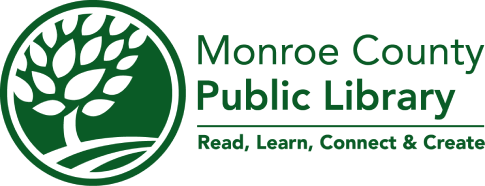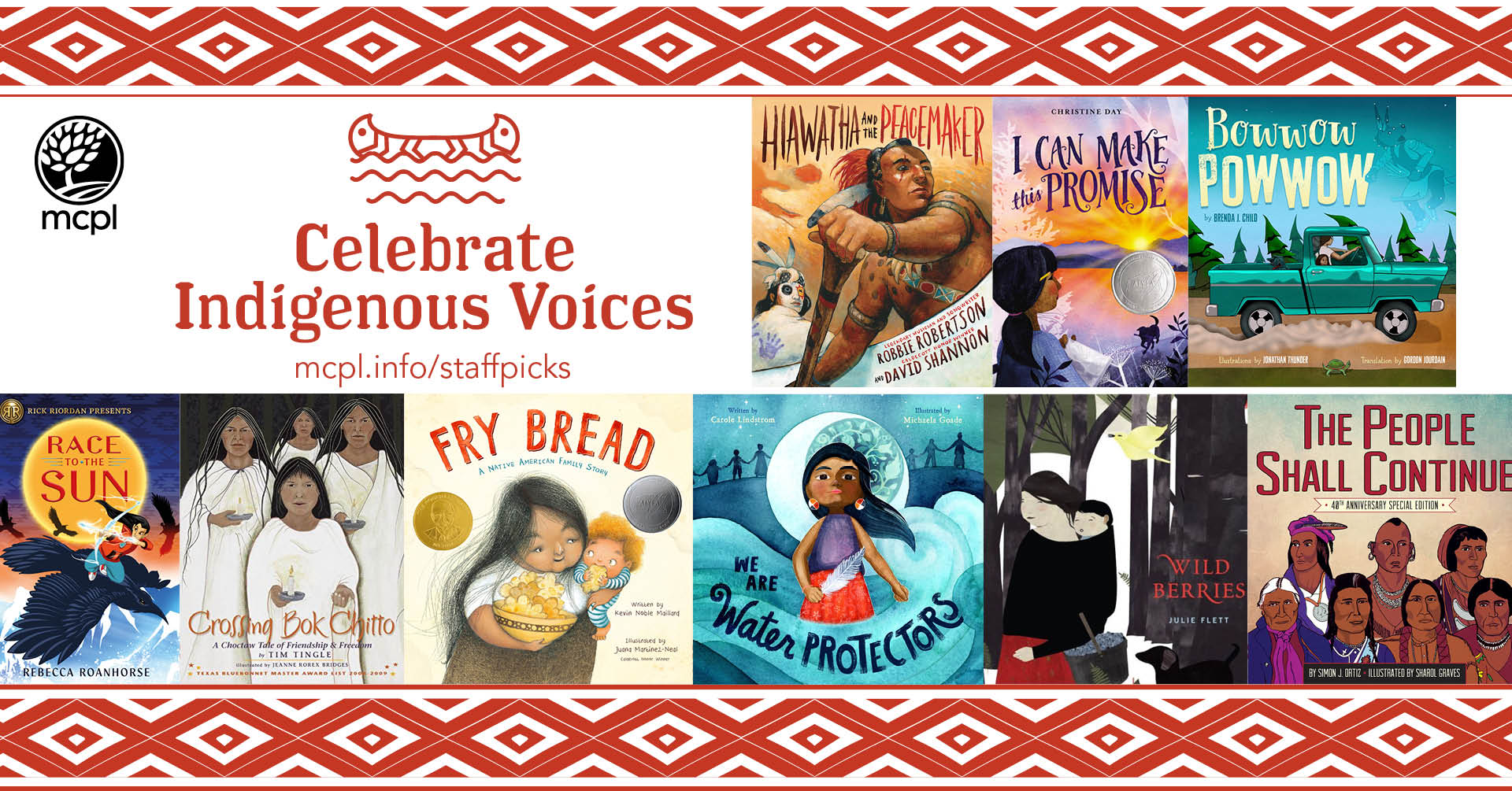This booklist features titles written about and by members of the Native American community. Stories of this community’s experiences are significant because they allow children to see themselves in stories and know the person behind the words are similar to them. It means that not only is the story important, but also who tells that story.
A young Tlingit girl and her grandmother pick berries throughout the seasons. Her grandmother teaches her how to listen and speak to the land around her. Recommended for ages 6–9.
Amik’s large beaver family is coming to visit, but his little sister Nishiime feels too shy and hides away, causing Amik and his cousins to search the whole forest for her. When Nishiime finally comes out of hiding, she realizes she has a lot in common with her cousins, even if they live far away. The text includes Anishinaabe words throughout with a glossary in the back. Recommended for ages 3–6.
As children help a Native American grandmother make fry bread, this book delves into the history, social ways, food ways, and politics of America's 573 recognized Native American tribes. Recommended for ages 3–6.
Becca wants to be just like her grandma. She loves going with her to dance at the powwow, bead moccasins, or paint in her studio. Grandma also watches and learns from Becca. In fact, she would like to be like Becca, too. Recommended for ages 3–6.
A Native girl reflects on her and her family’s hair throughout their lives and celebrates the importance of growing your hair in Indigenous communities. Recommended ages 6–9.
In celebration of Rock Your Mocs Day (November 15), a diverse group of Indigenous children wear their moccasins while they play, dance, and enjoy their day. Recommended for ages 3–6.
Little Thunder wants a name that separates him from his father, Big Thunder, and considers such options as "Touch the Sky" and "Drums, Drums, and More Drums" before his father helps him find the perfect alternative. Recommended for ages 3–6.
Inspired by the many Indigenous-led movements across North America, this book issues an urgent rallying cry to safeguard the Earth’s water from harm and corruption. Recommended for ages 6–9.
Explore 18 different stories and poems about families from across the United States and Canada who come together to celebrate and honor their Native traditions at an intertribal powwow. Recommended for ages 9–12.
Omakayas, a 7-year-old Native American girl of the Ojibwa tribe, lives through the joys of summer and the perils of winter on an island in Lake Superior in 1847. Recommended for ages 9–12.
Nathan, a young Navajo boy, is excited to spend summer with his grandmother. What he expects to be a quiet summer turns into an epic hero's journey through a world of Navajo cosmology. Recommended for ages 9–12.
Guided by her Navajo ancestors, seventh grader Nizhoni Begay discovers she's descended from a holy woman and destined to become a monsterslayer, starting with the evil businessman who kidnapped her father. Includes a glossary of Navajo terms. Recommended for ages 9–12.
In this modern take of Peter Pan, the focus shifts from the boy who won’t grow up to Native American Lily and English Wendy—stepsisters who must face both dangers and wonders to find their way back to the family they love. Recommended for ages 9–12.
Ziggy’s mother went missing 10 years ago, and Ziggy thinks a secret cave occupied by the Nunnehi (trickster spirits) may have answers on how to find her. Recommended for ages 9–12.
Indigenous People’s Day is not turning out how Wesley had hoped. When her special poem doesn't receive any attention, and her plan to ask out her crush goes all wrong, Wesley relies on the love of her Indigenous community for support. Recommended for ages 9–12.
Alternating chapters tell the stories of what life was like for the tribal nations of America before European settlers arrived and how European settlement impacted Indigenous peoples' lives. Recommended for ages 9–12.
This powerful story by a renowned Acoma Pueblo poet and storyteller traces the history of Indigenous Peoples of North America from the time of creation to the present. Recommended for ages 9–12.
A group of Native American children from various tribes present the journey of Native Nations to reclaim their land and rights, resist assimilation, and protect future generations. Recommended for ages 9–12.
What do people do when their civilization is invaded? Indigenous peoples have been faced with disease, war, broken promises, and forced assimilation. Despite crushing losses and insurmountable challenges, they formed new nations from the remnants of old ones, they adopted new ideas and built on them, they fought back, and they kept their cultures alive. Recommended for ages 9–12.
Children gather to watch history as Deb Haaland is sworn in as the first Indigenous secretary of the Department of the Interior. She is wearing a ribbon skirt, a ceremonial garment that celebrates Indigenous womanhood. That night, while celebrating Secretary Haaland, children make their own ribbon skirts, honoring their ancestors and all who came before them. Recommended for ages 9–12.

